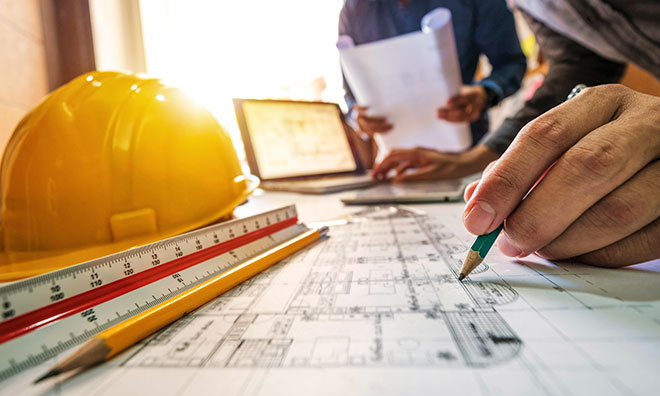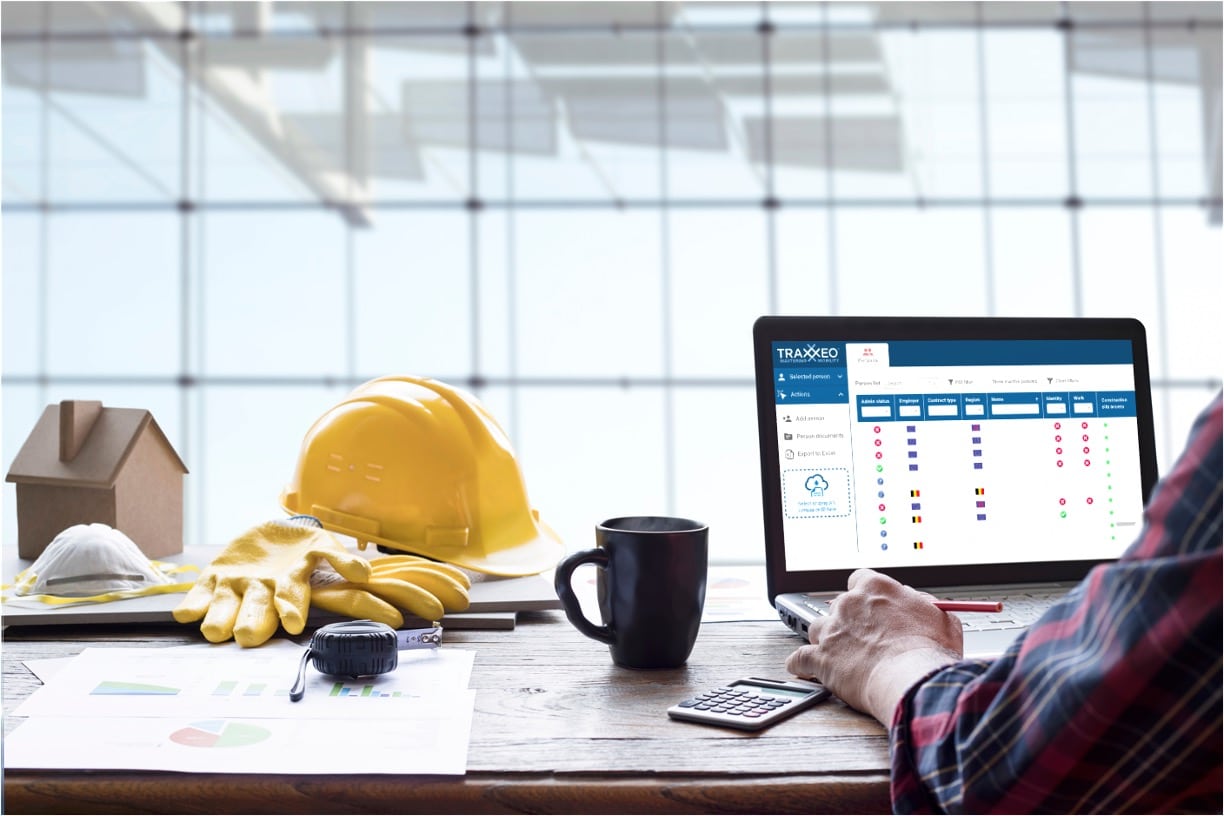Understanding Organization: Enhance Efficiency with Construction Document Management
Understanding Organization: Enhance Efficiency with Construction Document Management
Blog Article
Enhancing Operations Efficiency: Architect's Specialist Techniques for Construction Paper Administration
In the world of architectural style and construction, the meticulous monitoring of papers stands as a cornerstone for task success. Engineers employ different strategies to improve workflow performance and streamline building and construction file monitoring processes. From skilled company techniques to the assimilation of collaborative systems and the application of safe and secure information monitoring remedies, architects navigate a complex landscape of techniques and devices. However, in the middle of this intricacy, a choose few professional methods have actually emerged as crucial in maximizing process effectiveness. These strategies not just make certain smooth job development but also hold the vital to opening improved productivity and precision in the detailed world of construction document monitoring.
Secret Record Company Techniques
When taking care of construction documents, among the key strategies that architects employ is establishing a reliable and methodical company system. This system typically involves categorizing files based upon their kind, such as illustrations, specifications, contracts, and permits. By creating clear and distinct groups, architects can promptly locate particular info when needed, saving time and decreasing mistakes in the construction process.
Within each group, engineers further arrange papers by creating subfolders or utilizing numbering systems to signify modifications or versions (construction document management). This hierarchical structure guarantees that one of the most pertinent and existing info is quickly accessible while maintaining a record of adjustments made throughout the project timeline
Furthermore, architects frequently utilize electronic file management platforms that offer functions like keyword search functions, version control, and access restrictions to enhance company and collaboration among job stakeholders. These devices simplify the record retrieval procedure, promote real-time updates, and facilitate seamless communication, inevitably contributing to the total success of the building project.
Collaborative System Assimilation
To maximize document management performance in building tasks, designers seamlessly integrate joint platforms to enhance interaction and simplify control among project stakeholders. By leveraging collaborative systems such as project administration software program, cloud-based storage systems, and communication tools, designers can develop a centralized hub for all project-related files and communication networks. These systems permit group members to gain access to, testimonial, and collaborate on documents in real-time, reducing hold-ups and the danger of mistakes related to standard paper management approaches.
Joint platform combination additionally promotes transparency and accountability within the project group, as all stakeholders have exposure right into the latest task updates and alterations. By streamlining interaction and record sharing, designers can ensure that all employee are working from the most up-to-date details, lessening the possibilities of misconceptions or disputes arising as a result of obsolete records.
Furthermore, collaborative platforms enable seamless cooperation between engineers, professionals, clients, and other job stakeholders, advertising a more reliable and natural project process. By breaking down interaction obstacles and assisting in details exchange, architects can drive performance and advancement in building and construction tasks, ultimately bring about effective task outcomes.
Variation Control Best Practices
Executing effective variation control techniques is sites critical for keeping file accuracy and consistency in building and construction projects. By developing a clear system for handling modifications, task teams can guarantee that every person is working from the most up-to-date paperwork, reducing the threat of errors and discrepancies during the building stage.
Among the crucial best practices for variation control is to assign unique identifiers to each record variation. This can be achieved by using a important site numbering system or day stamp that clearly suggests the order of revisions. By clearly identifying each version, staff member can conveniently track the progression of the document and determine the most recent variation.

Automation Devices for Efficiency

File control software application, like Procore or PlanGrid, streamlines project paperwork, making it conveniently available to all stakeholders. These platforms enable real-time cooperation, version control, and automated backups, guarding against data loss. Additionally, Building Info Modeling (BIM) software application automates the generation of building and construction drawings and ensures that changes are integrated across all associated records.
Integrating automation tools with cloud storage options even more improves accessibility and safety and security. By automating the file monitoring process, task teams can concentrate their effort and time on value-adding tasks, ultimately boosting efficiency and project end results.
Secure Information Management Solutions
Efficiently handling and protecting job data is critical in the construction industry to ensure discretion and honesty throughout the task lifecycle. Safe data monitoring options play an important duty in securing delicate information from unauthorized access or breaches. Architectural companies can utilize encrypted cloud storage solutions to firmly keep and share project documents with licensed personnel. Applying access controls, such as user authentication and approval setups, makes sure that only accredited individuals can check out or change sensitive data.
Additionally, making use of digital legal rights monitoring (DRM) tools includes an additional layer of protection by stopping the unauthorized circulation or duplication of task records. Regular see this data backups are vital to minimize the risk of data loss as a result of unforeseen conditions like hardware failures or cyber-attacks. Collective systems with built-in safety features enable smooth interaction and file sharing amongst job staff member while preserving data stability.
Verdict
To conclude, applying essential paper organization techniques, integrating collective platforms, exercising variation control ideal techniques, making use of automation tools, and adopting safe and secure data monitoring remedies are important methods for improving workflow performance in building and construction file management. These experienced methods can streamline processes, boost communication, make sure accuracy, and keep information security throughout the construction project lifecycle.
In the world of building layout and building, the precise administration of papers stands as a keystone for project success. These approaches not just make certain smooth job progression yet also hold the key to opening enhanced performance and precision in the complex world of construction file management.
To enhance document monitoring effectiveness in building and construction projects, architects flawlessly incorporate collective platforms to enhance interaction and simplify coordination amongst task stakeholders. These platforms allow team members to accessibility, review, and team up on papers in real-time, decreasing hold-ups and the danger of errors linked with standard file administration approaches.
Utilizing automation devices in building paper management substantially boosts performance and enhances procedures for job teams. construction document management.
Report this page